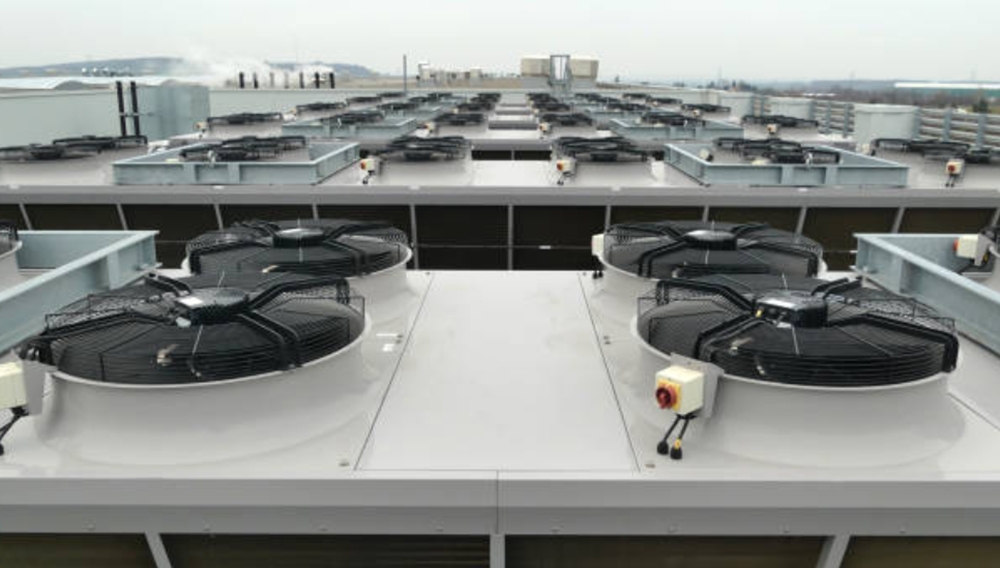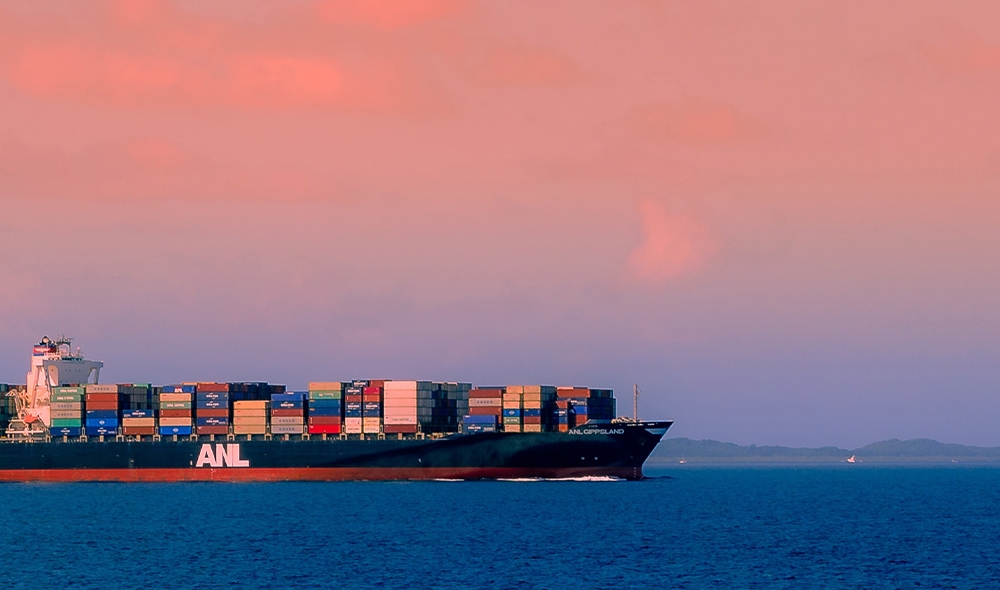What is ammonia used for and why does it matter?
Ammonia (NH₃) is one of the most widely produced industrial chemicals. While it exists in nature, the demand for ammonia across industries is far greater than the supply that can be sustained by organic decomposition and natural processes. Between 80 and 90% of produced ammonia manufactured around the world winds up in fertilizer. It is also widely used as a climate-friendly refrigerant and in water purification systems. NH₃ is a key component in manufacturing plastics, textiles, pesticides, dyes, and many other common household items
How is it made — Haber-Bosch
Ammonia production starts with nitrogen and hydrogen. It combines the two gasses with a metal catalyst under high temperature and pressure in what is commonly called the Haber-Bosch process, developed in the early 1900s. This process made industrial ammonia production possible and is still used today.
The problem is that this process relies on heat… heat that comes from combustion. So every gallon of ammonia produced also produces harmful greenhouse-gas emissions.
Common products that rely on ammonia

In agriculture
Ammonia is a critical ingredient in ammonia nitrate fertilizers. Without fertilizer to build back nutrients in soil, many of the crops used to feed the world will suffer or fail.
Ammonia-based fertilizers are essential for sustaining food production for global populations with around 50% of the world's food production relying on these products. Without ammonia, people not only go hungry, they are forced to pay far more for the food that is still available.In industry, manufacturing, and pharmaceuticals
In industry, manufacturing, and pharmaceuticals

Ammonia gas absorbs heat. And it does it very efficiently. That makes it an effective refrigerant that can be used in commercial cooling systems and air-conditioners. Since it is a naturally occurring chemical, NH3 has less of an impact on the environment than other refrigerants if and when these cooling systems leak.
Ammonia is commonly used in municipal water treatment systems to improve and prolong chlorine's ability to disinfect water and keep it safe. It also reduces chlorination byproducts that may be carcinogenic.
NH₃ is integral to the production of plastic, explosives, fabric, pesticide, dye, rubber, paper, and pharmaceuticals. And it is even used in the food and beverage industry as a stabilizer.
As fuel

While not yet in widespread use, advancements have been made that suggest ammonia can be used as a cleaner-burning fuel source. This is particularly true in marine transport, where limited fuel storage space and long-distance travel with no refueling facilities disqualify hydrogen as an alternate fuel source.
There are still technical challenges to overcome, but the marine industry is all but determined to solve those and make ammonia work as a carbon-reducing fuel.
A new way to produce ammonia — Moving beyond Haber-Bosch
Syzygy is working on an affordable alternative to the dirty Haber-Bosch process that will provide a way to synthesize green ammonia. This application for the photocatalytic reactor is in early phases of research and development at Syzygy labs and is ongoing.